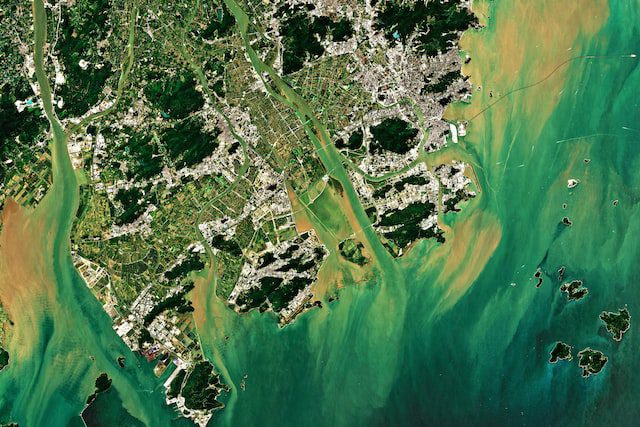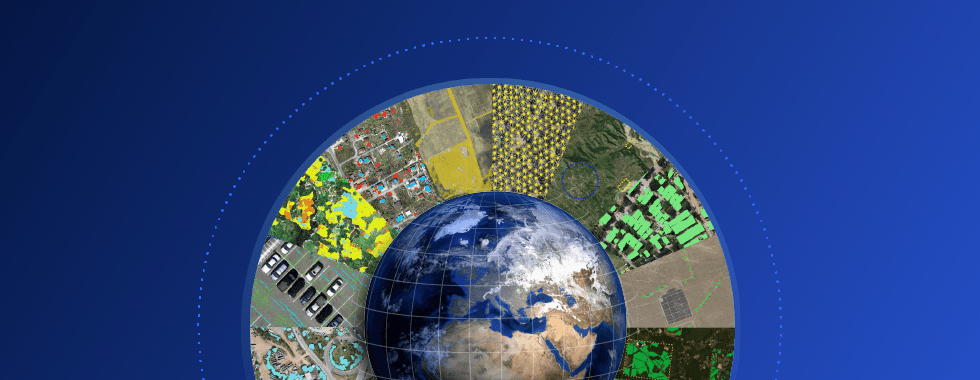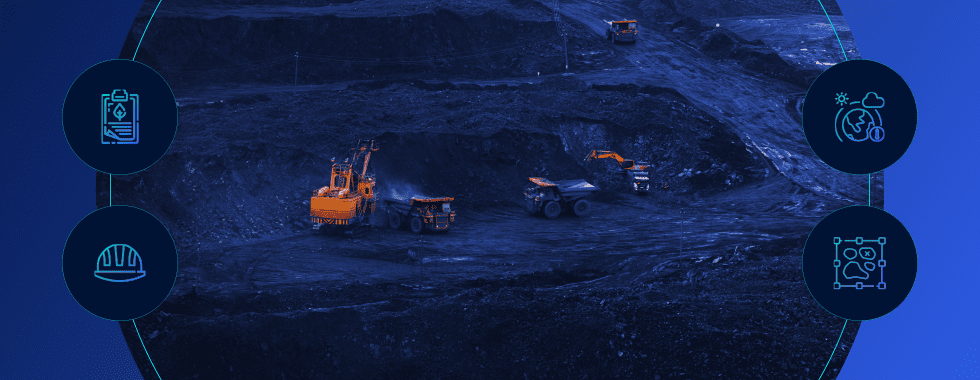The increasing urgency of climate change and environmental degradation has underscored the importance of sustainable business practices. To mitigate their impact on the environment, businesses must adopt innovative technologies and strategies. Spatial intelligence, which involves analyzing data about the natural and built environment, can play a critical role in these efforts.

The World Economic Forum‘s recent report, “Location Matters: Using Spatial Intelligence for Business Action on Nature and Climate,” highlights the critical role of spatial intelligence in addressing climate change and biodiversity loss. By taking a location-based approach, businesses can better understand the unique challenges and opportunities presented by each environment and ecosystem.
The adoption of spatial intelligence requires interdisciplinary collaboration and innovative technologies such as artificial intelligence (AI) and earth observation (EO) imagery. By combining these technologies, businesses can gain a comprehensive understanding of the challenges and opportunities presented by each environment and ecosystem.

EO imagery, including that from satellites, drones, or other aerial sources, provides detailed information about land use, vegetation cover, and other environmental factors. By using AI algorithms, businesses can process and analyze this data to gain insights into environmental trends and patterns. This information can then be used to inform decision-making and improve environmental sustainability.
In addition, spatial intelligence can help businesses identify and mitigate risks associated with climate change and environmental degradation. For example, businesses can use spatial intelligence to identify areas that are at risk of flooding, wildfires, or other natural disasters. By understanding these risks, businesses can take steps to reduce their exposure and prepare for potential disruptions.

In conclusion, adopting spatial intelligence is critical for businesses to address the challenges of climate change and environmental degradation. By taking a location-based approach and collaborating with other stakeholders, businesses can make informed decisions that promote sustainable development and protect natural ecosystems. The combination of AI and earth observation imagery plays a key role in this effort, providing businesses with the insights they need to make sustainable decisions that benefit both their bottom line and the environment. With continued investment in spatial intelligence and AI, we can look forward to a future where sustainability is at the forefront of business practices.







